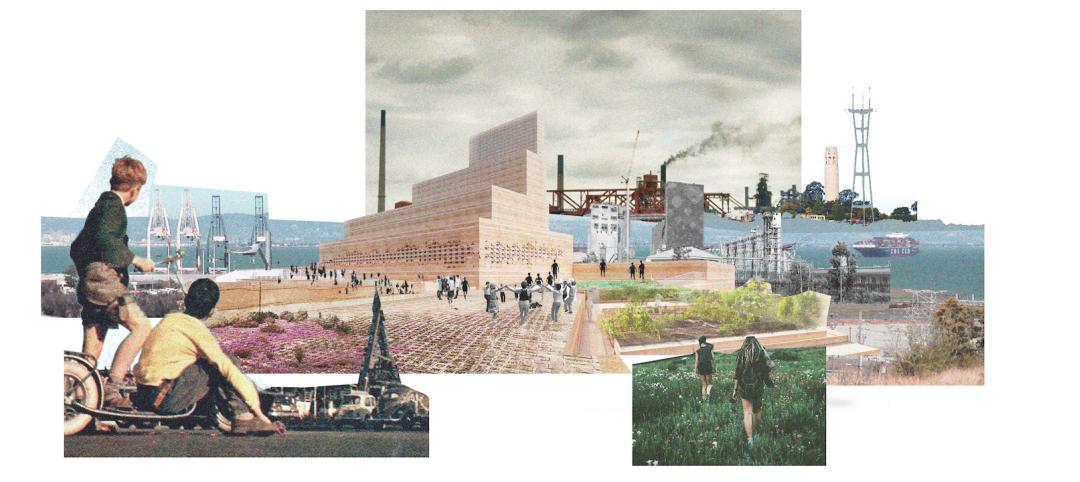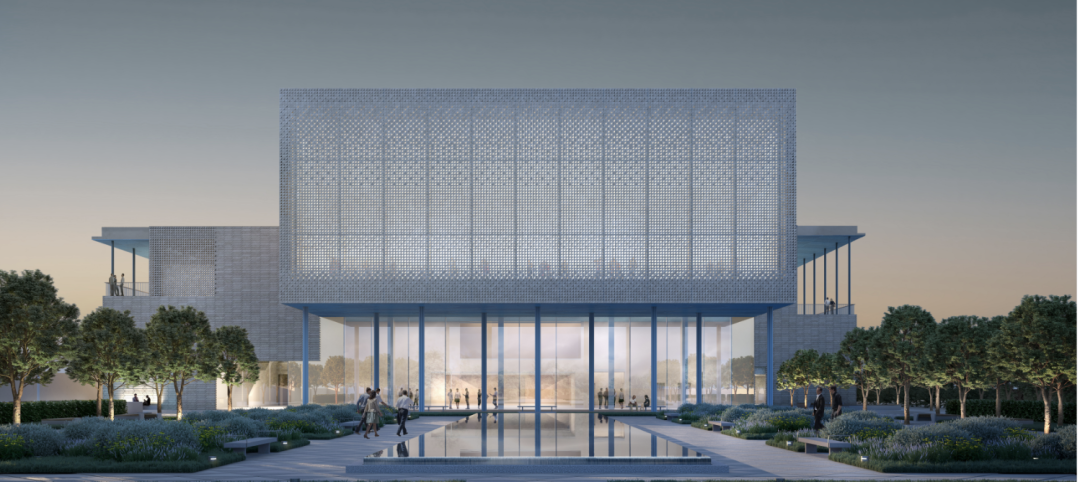The International Code Council (ICC), the American Society of Heating, Refrigerating and Air Conditioning Engineers (ASHRAE), the U.S. Green Building Council (USGBC), and the Illuminating Engineering Society of North America (IES) today announce the launch of the International Green Construction Code (IGCC), representing the merger of two national efforts to develop adoptable and enforceable green building codes. The IGCC provides the building industry with language that both broadens and strengthens building codes in a way that will accelerate the construction of high-performance, green buildings across the United States.
For decades, ICC and ASHRAE have worked to develop codes and standards that become the industry standard of care for the design, construction, operations and maintenance of residential and commercial buildings in the United States and internationally. In coordination with the efforts of ICC and ASHRAE, USGBC has been leading a nationwide green building movement centered on the LEED Green Building Rating System since LEED was launched in 2000. The convergence of these efforts in the IGCC is perhaps the most significant development in the buildings industry in the past 10 years.
Leveraging ICC's unrivaled delivery infrastructure to reach all 50 states and more than 22,000 local jurisdictions and ASHRAE, USGBC and IES's technical strengths, this partnership will accelerate the proliferation of green building codes and standards developed jointly by ICC, ASHRAE and USGBC and IES, across the country and around the globe. The newly launched IGCC establishes a previously unimaginable regulatory framework for the construction of high-performance, commercial buildings that are safe, sustainable and by the book.
A landmark addition to the technical content of the IGCC is the inclusion of ANSI/ASHRAE/USGBC/IES Standard 189.1, Standard for the Design of High Performance, Green Buildings Except Low-Rise Residential Buildings, as an alternate path of compliance. Standard 189.1 is a set of technically rigorous requirements, which like the IGCC, covers criteria including water use efficiency, indoor environmental quality, energy efficiency, materials and resource use, and the building's impact on its site and its community. Standard 189.1 was written by experts representing all areas of the building industry, who contributed tens of thousands of man hours. Developed in a little over three years, the standard underwent four public reviews in which some 2,500 comments were received.
"The emergence of green building codes and standards is an important next step for the green building movement, establishing a much-needed set of baseline regulations for green buildings that is adoptable, usable and enforceable by jurisdictions," said ICC Chief Executive Officer Richard P. Weiland. "The IGCC provides a vehicle for jurisdictions to regulate green for the design and performance of new and renovated buildings in a manner that is integrated with existing codes as an overlay, allowing all new buildings to reap the rewards of improved design and construction practices."
"Bringing together the code expertise of ICC with technical expertise of ASHRAE to create a comprehensive green building code will accelerate our transformation to more sustainable building practices," Gordon Holness, ASHRAE president, said. "ASHRAE is committed to providing the design guidance building designers and engineers need to reduce the energy consumption of buildings."
"The U.S. Green Building Council's mission is market transformation and we've long recognized the need to reach beyond the market leaders served by LEED to accomplish this goal," said Rick Fedrizzi, President, CEO and Founding Chairman of the U.S. Green Building Council. "Broadening the scope of the codes and establishing a higher floor allows us to continue to raise the ceiling, a critical factor in how the building industry is working to mitigate climate change. We are thrilled to see this set of complementary green building codes and standards; our organizations working collaboratively will advance green building nationwide in a way that was never before possible. "
"IES is pleased to support the collaborative efforts of the organizations which demonstrate expertise in code and technical standards development in this comprehensive green building code," said Rita Harrold, IES Director of Technology. "IES looks forward to ongoing guidance for sustainable building practices."
On Monday, March 15, ASHRAE, IES and USGBC will join ICC at its Washington, D.C., headquarters as they and their co-authors (the American Institute of Architects and the American Society for Testing Materials) launch the IGCC. On Monday, Standard 189 .1 and the IGCC will be available for wide distribution, providing much-needed content, code language, and vision for more safe and sustainable future. The organizations are also working together to advance related education and advocacy efforts to promote adoption, enforcement and compliance with the IGCC codes that will pave the way for green buildings and neighborhoods, while creating jobs and strengthening the economy.
For more information on IGCC: http://www.iccsafe.org/cs/IGCC/Pages/default.aspx and on Standard 189.1: www.ashrae.org/greenstandard.
Related Stories
Multifamily Housing | Jul 28, 2022
GM working to make EV charging accessible to multifamily residents
General Motors, envisioning a future where electric vehicles will be commonplace, is working to boost charging infrastructure for those who live in multifamily residences.
Urban Planning | Jul 28, 2022
A former military base becomes a substation with public amenities
On the site of a former military base in the Hunters Point neighborhood of San Francisco, a new three-story substation will house critical electrical infrastructure to replace an existing substation across the street.
Hotel Facilities | Jul 28, 2022
As travel returns, U.S. hotel construction pipeline growth follows
According to the recently released United States Construction Pipeline Trend Report from Lodging Econometrics (LE), the total U.S. construction pipeline stands at 5,220 projects/621,268 rooms at the close of 2022’s second quarter, up 9% Year-Over-Year (YOY) by projects and 4% YOY by rooms.
Codes and Standards | Jul 27, 2022
Biden administration proposes drastic flood insurance reform
The Biden administration’s proposed major overhaul to the National Flood Insurance Program, or NFIP, would drastically alter how Americans protect homes and businesses against flooding.
Concrete | Jul 26, 2022
Consortium to set standards and create markets for low-carbon concrete
A consortium of construction firms, property developers, and building engineers have pledged to drive down the carbon emissions of concrete.
Green | Jul 26, 2022
Climate tech startup BlocPower looks to electrify, decarbonize the nation's buildings
The New York-based climate technology company electrifies and decarbonizes buildings—more than 1,200 of them so far.
Education Facilities | Jul 26, 2022
Malibu High School gets a new building that balances environment with education
In Malibu, Calif., a city known for beaches, surf, and sun, HMC Architects wanted to give Malibu High School a new building that harmonizes environment and education.
| Jul 26, 2022
Better design with a “brain break”
During the design process, there aren’t necessarily opportunities to implement “brain breaks,” brief moments to take a purposeful pause from the task at hand and refocus before returning to work.
Building Team | Jul 25, 2022
First Ismaili Center in the U.S. combines Islamic design with Texas influences
Construction has begun on the first Ismaili Center in the U.S. in Houston.
Codes and Standards | Jul 22, 2022
Office developers aim for zero carbon without offsets
As companies reassess their office needs in the wake of the pandemic, a new arms race to deliver net zero carbon space without the need for offsets is taking place in London, according to a recent Bloomberg report.
















